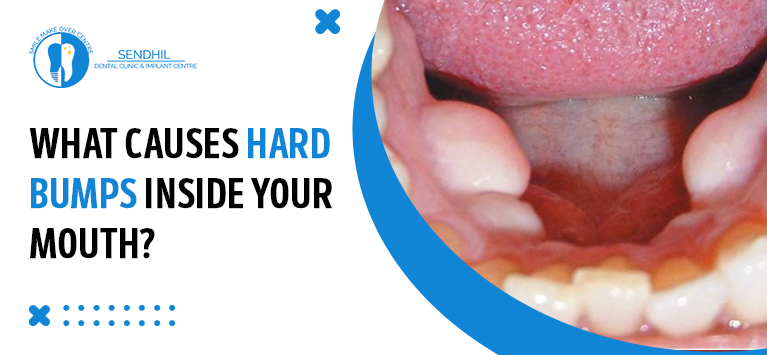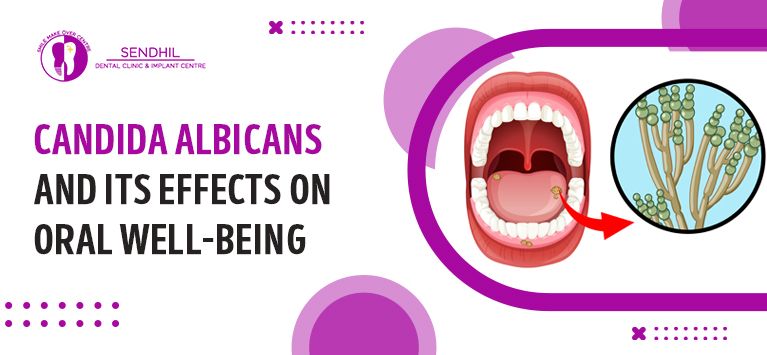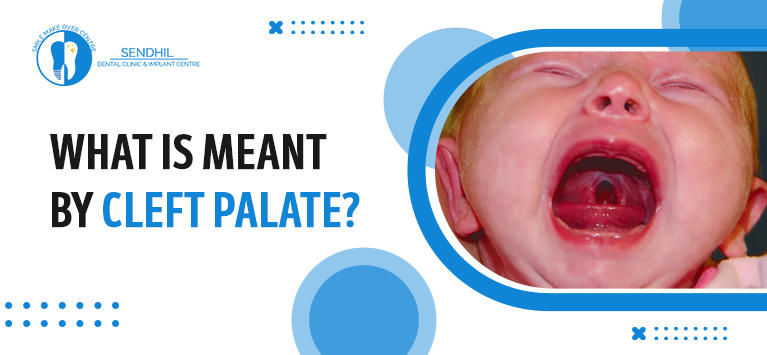
How Often Should You Floss?
Maintaining good oral hygiene is more than just brushing twice a day. One question many people ask is, “How often should you floss?” Even though dentists talk about flossing all the time, many people skip it because they think brushing alone is enough. But flossing plays a major role in protecting your teeth and gums from problems that brushing cannot solve.
In this blog, you’ll learn how often you should floss, the benefits of flossing, the real difference between flossing vs not flossing, and when to use interdental brushes vs floss based on your dental needs. The goal is to help you understand everything in simple, clear language so you can take better care of your smile.
Table of Contents
Why Flossing Matters
Brushing cleans the outer surfaces of our teeth, but it cannot reach the tight spaces between them. These narrow gaps trap food, bacteria, and plaque. Over time, this leads to tooth decay, gum disease, and bad breath.
This is where flossing helps.
Dental floss slides into these small spaces and removes plaque and food that your toothbrush cannot reach. This is why dentists always include flossing as a key part of daily oral hygiene.
Before we look at how often should you floss, let’s understand what flossing does for your mouth.
The Benefits of Flossing
There are several benefits of flossing that make it one of the most important oral care practices. Here are the major ones:
1. Prevents Gum Disease
The biggest advantage among the benefits of flossing is that it removes plaque buildup near the gums. Plaque contains bacteria that cause inflammation, bleeding gums, and early gum disease (gingivitis). Regular flossing prevents this.
2. Reduces Tooth Decay Between Teeth
Cavities don’t only form on the surface; many start between teeth. Flossing clears out hidden plaque, lowering your chances of decay.
3. Keeps Your Breath Fresh
Bad breath often comes from trapped food particles. Flossing removes these particles and reduces odor-causing bacteria.
4. Helps Maintain Healthy Gums
Healthy gums are firm, pink, and not sensitive. Flossing keeps them strong and prevents gum recession.
5. Improves Overall Oral Health
Studies show that people who floss regularly have fewer dental problems. This means fewer dental visits for fillings, cleanings, and gum treatments.
The benefits of flossing are clear—and when you read about flossing vs not flossing later, you will see how much difference a simple daily habit makes.
How Often Should You Floss?
Dentists worldwide recommend:
Floss at least once a day
This is the ideal and recommended answer to how often should you floss. Flossing once daily is enough to remove the plaque that accumulates between your teeth throughout the day.
Why once a day?
Because plaque starts hardening into tartar within 24–36 hours. Once tartar forms, even flossing cannot remove it—you need a dentist to clean it. So, flossing daily helps prevent tartar buildup and gum disease.
Should you floss more than once a day?
You can, but it’s not necessary. Flossing too aggressively multiple times a day can irritate your gums. If you are flossing correctly, once a day is more than enough.
Morning or night?
Most dentists suggest flossing at night. This way, you go to bed with a clean mouth, and plaque doesn’t stay stuck between your teeth overnight.
But the best time is whenever you will consistently do it. If mornings are easier for you, that’s fine too.
Flossing vs Not Flossing – What Really Happens?
Many people wonder whether flossing is actually necessary when brushing already cleans the teeth. To understand this, let’s compare flossing vs not flossing in a simple way.
Flossing vs Not Flossing: Daily Results
- Flossing: Removes hidden plaque and debris from between teeth.
- Not flossing: Food particles stay stuck, feeding bacteria.
Flossing vs Not Flossing: Long-Term Effects
- Flossing: Lowers risk of cavities, gum disease, and bad breath.
- Not flossing: Increases chances of gum swelling, bleeding, and decay.
Flossing vs Not Flossing: How It Affects Gums
- Flossing: Keeps gums healthy, pink, and firm.
- Not flossing: Leads to red, tender, bleeding gums.
Flossing vs Not Flossing: Your Dental Bills
- Flossing: Fewer cleaning sessions, less dental treatment.
- Not flossing: More fillings, deep cleaning, and gum treatments.
When you compare flossing vs not flossing, the difference is huge. For such a small daily habit, the long-term benefits are truly massive.
What Is Better: Interdental Brushes vs Floss?
Some people find flossing difficult or uncomfortable. For them, dentists often suggest interdental brushes. Let’s look at interdental brushes vs floss so you know which one suits you best.
What Are Interdental Brushes?
These are small brushes designed to clean between your teeth. They come in different sizes, depending on the gap between your teeth.
Interdental Brushes vs Floss: Which Is Better?
1. Cleaning Efficiency
- Interdental brushes: Great for people with wider spaces between teeth, gum recession, or braces.
- Floss: Best for tight spaces where a brush cannot fit.
2. Ease of Use
- Interdental brushes: Very easy to use and gentle.
- Floss: Requires technique but can reach very tight spots.
3. Gum Health
Both tools help reduce plaque and keep gums healthy. Some studies show interdental brushes can remove more plaque in certain cases, but this depends on tooth spacing.
4. Comfort
- Interdental brushes: More comfortable for people with sensitive gums.
- Floss: Ideal for normal, healthy gum spacing.
When to Use Both
Some dentists advise using both—interdental brushes for wider gaps and floss for tight areas. Depending on your dental condition, your dentist may recommend a combination.
Conclusion: Interdental Brushes vs Floss
There is no absolute winner in interdental brushes vs floss. It depends on your teeth spacing, gum condition, and comfort. But both play an important role in cleaning areas your toothbrush cannot reach.
How to Floss Correctly (Step-by-Step)
Knowing how often should you floss is only helpful when you floss correctly. Here’s a simple guide to doing it right:
- Take about 18–20 cm of floss.
- Wrap it around your middle fingers.
- Hold a short section tightly between your thumbs and forefingers.
- Slide it gently between your teeth.
- Curve the floss into a “C” shape against each tooth.
- Gently move it up and down.
- Floss both sides of every tooth.
- Use a fresh section of floss for each tooth.
Avoid snapping the floss into your gums—this can cause bleeding and irritation.
Signs You Are Not Flossing Enough
Even if you wonder how often should you floss, your mouth may give you clues that you are not flossing regularly enough. Watch out for:
- Bleeding gums
- Red or swollen gums
- Persistent bad breath
- Yellow buildup between teeth
- Cavities forming between teeth
- Food constantly stuck between teeth
If you notice these signs, it means plaque is building up, and your gums need more care.
Who Should Floss More Carefully?
Some people need to pay extra attention:
- People with braces
- Those with gum disease
- Smokers
- People with diabetes
- Those who get cavities often
- Anyone with crowded or crooked teeth
For these groups, flossing and using interdental brushes together can help maintain better oral hygiene.
Children and Flossing – Is It Necessary?
Yes! Children also need to floss once they have two teeth that touch each other. Parents should help them until they develop the skill.
Teaching kids early makes flossing a natural habit for life.
Conclusion
To keep your teeth and gums healthy:
Floss once every day
This is the most effective routine to prevent cavities, gum disease, and plaque buildup. Understanding flossing vs not flossing shows how big the difference is in long-term dental health.
Use a combination of:
- Floss for tight spaces
- Interdental brushes for wider gaps
Choosing the right tools and understanding interdental brushes vs floss helps you maintain a clean, healthy mouth.
The long list of benefits of flossing makes it clear: this small habit has a huge impact on your oral health.
















